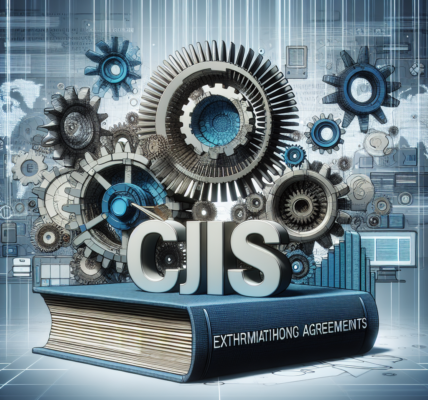Preparing for a CJIS Ready audit can be a daunting task for organizations handling sensitive criminal justice information. As data breaches continue to make headlines, the stakes have never been higher for compliance and security. Understanding the nuances of the Criminal Justice Information Services (CJIS) requirements is crucial, not only to pass the audit but also to protect your organization from the dire consequences of non-compliance. This comprehensive guide will delve into the essential steps for effective CJIS audit preparation, ensuring your organization is not just ready, but also resilient.
Understanding CJIS Requirements for Audit Readiness
To navigate the landscape of CJIS compliance, it’s imperative to grasp its foundational requirements clearly. The CJIS Security Policy outlines strict protocols designed to safeguard sensitive information. Organizations need to ensure that they have robust access controls, data encryption, and thorough incident response plans in place. Failure to comply with these guidelines can lead to severe repercussions, including reputational damage and potential legal consequences.
Moreover, CJIS requirements extend beyond technical safeguards; they also encompass training and awareness. Personnel must be educated on their role in maintaining compliance, including understanding the importance of secure passwords and recognizing phishing attempts. This holistic approach not only prepares your organization for audits but also cultivates a culture of security among staff, which is invaluable as cyber threats continue to evolve.
Lastly, understanding the specific audit processes is critical. Auditors will assess compliance with the CJIS Security Policy across multiple dimensions, including technical safeguards, administrative controls, and physical security measures. Organizations must be prepared to demonstrate their adherence to all relevant standards, making it essential to maintain accurate documentation and records. This preparation not only supports a smoother audit process but also reinforces your organization’s commitment to protecting sensitive data.
Key Steps to Prepare for a Successful CJIS Audit
First and foremost, conducting a thorough self-assessment is vital. This process involves scrutinizing existing policies, practices, and technologies against the CJIS Security Policy requirements. By identifying gaps or weaknesses ahead of time, organizations can implement corrective actions to enhance their posture before the actual audit. Regular self-audits also serve as an excellent practice to maintain continuous compliance beyond the audit cycle.
Engaging with technology experts can provide additional layers of assurance. These specialists can conduct vulnerability assessments and penetration testing, highlighting potential risks that may not be immediately apparent. With their insights, organizations can fine-tune security measures, ensuring robust defenses are in place. Moreover, leveraging advanced technologies, such as automated compliance monitoring tools, can streamline the process, making it easier to track compliance status in real-time.
Lastly, fostering communication and collaboration within your organization is essential. Establishing a dedicated CJIS compliance team encourages a shared sense of ownership around audit readiness. Regular training sessions and updates about evolving CJIS requirements ensure that all team members remain informed and engaged. This collaborative approach not only prepares you for the audit but also builds a resilient culture of compliance and security that extends beyond the audit itself.
In conclusion, preparing for a CJIS Ready audit requires a multi-faceted approach that blends understanding, self-assessment, technology, and team collaboration. By rigorously adhering to the guidelines established in the CJIS Security Policy and regularly assessing and enhancing compliance measures, organizations can not only ensure a successful audit but also fortify their defenses against potential threats. As you embark on this journey, remember that proactive preparation and a commitment to continuous improvement are your best allies. Start today, and transform your approach to audit readiness into a competitive advantage.




